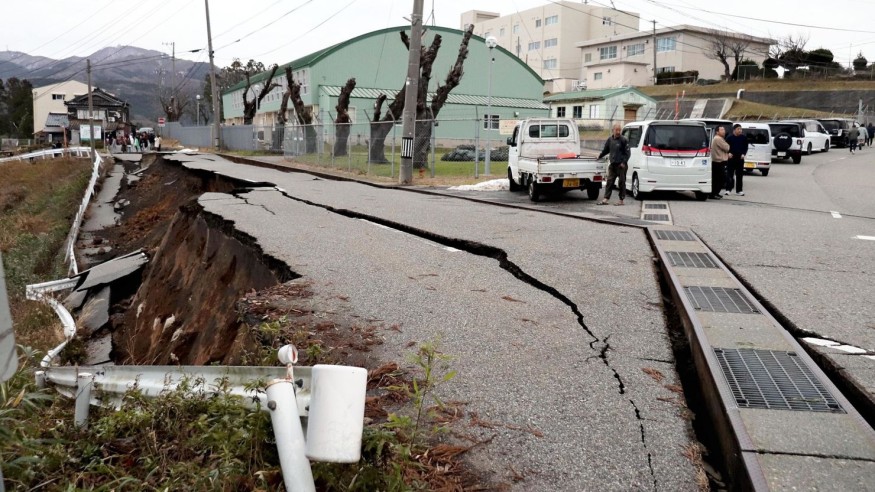An earthquake in Japan, measuring 7.6 on the Richter scale, hit the Ishikawa region on Monday, leading to a tsunami warning and major travel disruptions. The earthquake's impact is widespread, affecting transportation and communication systems.

Earthquake in Japan Triggers Tsunami Warning and Disrupts Travel
The earthquake prompted Japan to issue urgent evacuation orders, especially in coastal areas like Niigata, Toyama, and Ishikawa. Residents were advised to move to higher ground to avoid potential tsunamis. The Japan Meteorological Agency initially announced a major tsunami warning for Ishikawa Prefecture, which was later downgraded to a tsunami warning. Despite this, officials urge caution as tsunamis could still hit the coast, possibly growing in size.
According to Skift, transportation has been significantly impacted. Japanese domestic airlines, including All Nippon Airways and Japan Airlines, have canceled several flights. All Nippon Airways called off 15 flights, and Japan Airlines canceled nine. Moreover, Noto Airport in Ishikawa is shut, adding to the travel challenges.
Rail services are also affected. The East Japan Railway Company halted its Hokuriku and Joetsu Shinkansen services, with no clear information on when they will resume. This situation has thrown travel plans into uncertainty, especially following the recent rebound in tourism. According to the Japan National Tourism Organization, inbound tourism had nearly returned to pre-pandemic levels, with Japan welcoming almost 20 million tourists from January to October 2023.
The earthquake in Japan has also led to power outages and communication issues. Around 33,000 households are without electricity, and mobile phone services are disrupted in Ishikawa and Niigata. Telecom companies like NTT Docomo, KDDI, Softbank, and Rakuten Mobile have activated a disaster message board system to aid communication. This system lets people post their safety status online, viewable on smartphones and other devices.
The Japanese government is actively responding to the crisis. Chief Cabinet Secretary Hayashi Yoshimasa informed about the closure of sections of five expressways as a precaution and stressed the importance of preparedness in such emergencies.
Causes Deaths and Destruction
A devastating earthquake in Japan has resulted in the loss of lives and widespread damage. Officials in Ishikawa prefecture have confirmed the deaths of four people, as reported by Aljazeera. The quake, which had a magnitude of 7.6, struck central Japan, destroying buildings and power outages in tens of thousands of homes. This has prompted residents in coastal areas to seek safety on higher ground.
The Japan Meteorological Agency (JMA) issued tsunami warnings for Ishikawa, Niigata, and Toyama prefectures. A major tsunami warning was initially declared for Ishikawa, but it was later downgraded to an advisory. The earthquake also caused about 1-meter-high waves along Japan's west coast and neighboring South Korea. Russia and North Korea issued tsunami warnings for some of their areas too.
In response to the crisis, the Japanese government, led by Prime Minister Fumio Kishida, has mobilized search-and-rescue teams. Despite the challenges of accessing quake-hit areas due to blocked roads, efforts are being made to save lives. The government has identified several people trapped in collapsed buildings, and the number could be higher.
The earthquake in Japan has also impacted the country's infrastructure. Over 36,000 households in Ishikawa and Toyama prefectures lost power, according to Hokuriku Electric Power. However, the Nuclear Regulation Authority has reported no irregularities at nuclear power plants along the Sea of Japan.
This article is copyrighted by Travelers Today, the travel news leader




